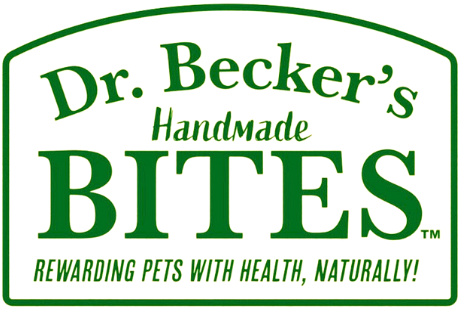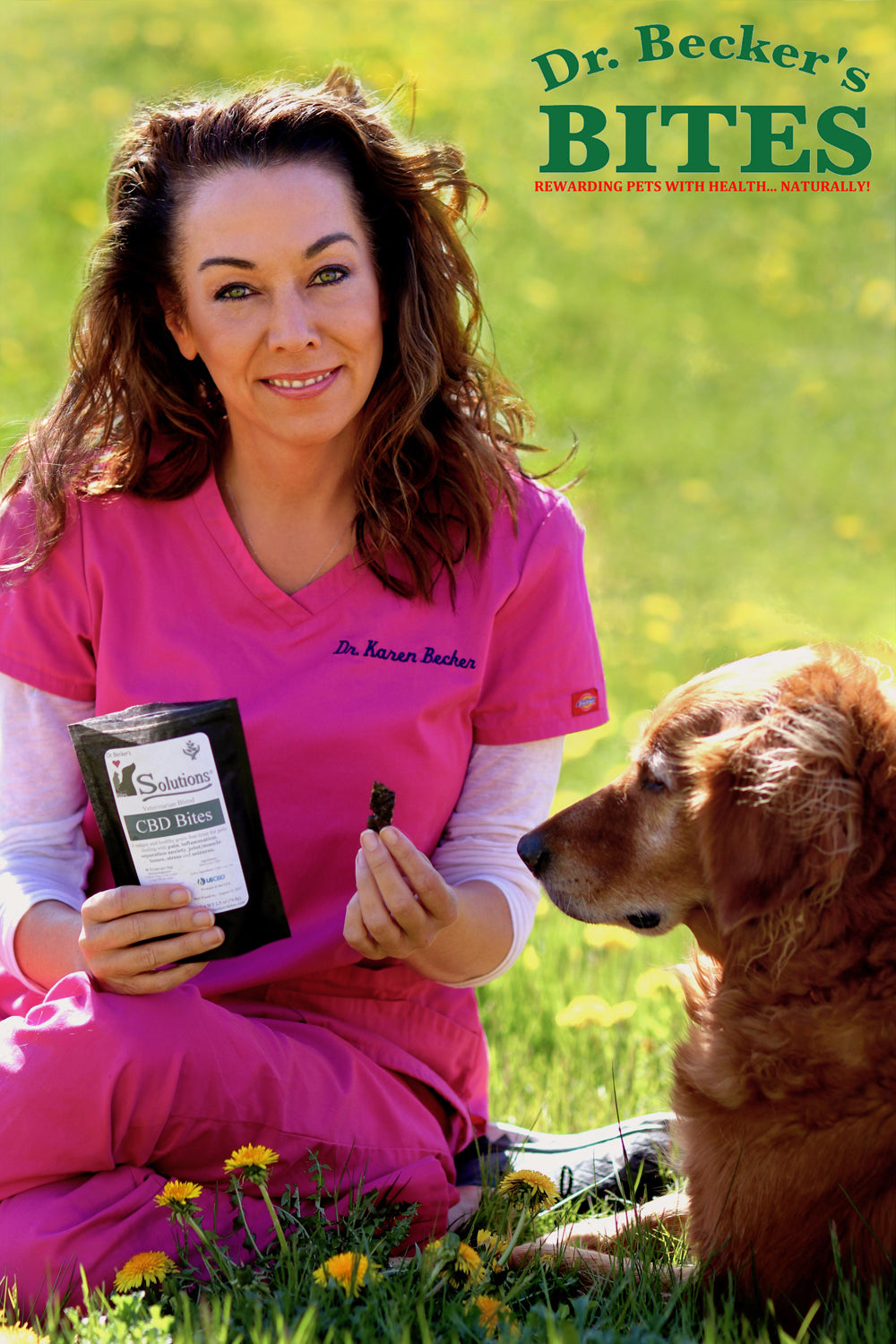 Article by: Dr. Karen Becker, DVM, NMD
Article by: Dr. Karen Becker, DVM, NMD
Most normal puppy mouthiness just goes away on its own, regardless of how much or how little puppy parents do to stop it, once puppies acquire their adult teeth. Instead of punishment, the use of positive distraction and the encouragement of acceptable behavior are far better approaches, yielding much better results. When puppies play with each other, they use their mouths, so they tend to do the same thing when they interact with people. It is often a challenge to convince a new enthusiastic puppy not to bite the hand that feeds him, pets him, and plays with him. Nipping and mouthing is very common and very normal puppy behavior.
This is rarely an aggressive behavior intended to harm you, but it can be a difficult habit to break without some good, practical tools in your “puppy training tool bag.” This article is intended to help you manage puppy nipping effectively, while at the same time helping you build a good relationship with your puppy, based on trust rather than fear.
The worst thing you can do is physically punish your pup for this natural behavior, although many people incorrectly do so.
How to Tell Normal Play from Problematic Aggression
Distraction Is the Best Prevention
How to Tell Normal Play from Problematic Aggression
Behaviors that may indicate early aggression include:
* Prolonged deep-tone growling
* A fixed gaze
* A stiff posture
* Aggression that is not spontaneous—that is, aggression that is not situational or stimulus-dependent.
According to DVM online magazine, in normal play, a puppy will “play bow” (lower his head and raise his hind end), present his front end or side to you, hold the front part of his body up, wag his tail, dart back and forth, emit high-pitched barks and growls, and spontaneously play-attack.
So how can you tell the difference between normal play and true aggression? Aggressive behaviors may be related to fear, possessiveness, conflict or pain. If you have concerns about excessive mouthing or early puppy aggressiveness, consult your veterinarian or a board certified animal behaviorist. Of course, even normal puppy play can become too intense, and when this happens, you must intervene appropriately. Most puppy play consists of chasing, pouncing, barking, growling, snapping and biting.
Distraction Is the Best Prevention
A quick and easy method for redirecting your puppy’s attention is offering a more acceptable object to gnaw on, such as a chew toy, at the same time as you start to pet him. Nipping or biting often occurs in puppies when they are being petted or played with.
One hand offers the toy while the other hand reaches out to scratch him behind the ear.
One great toy to use is Mercola’s Clever K-9 Treat Release Dog Toy, filled with Beef and Bison Bites. Good training, good nutrition and fun—you can’t beat that!
Try alternating which hand does the petting and which one offers the chew toy. This helps your pup learn that people and petting are wonderful, and also keeps his mouth busy.
Remember, the longer he is petted, the more likely he is to get excited and start to nip, so you may need to shorten play sessions, at least initially.
Encouraging Appropriate Play
Ignoring your puppy for a few minutes teaches him that biting you makes you go away, which is an immediate negative reinforcement for the behavior. Or you can make a high-pitched “yipping” noise—or loudly say “OUCH! and immediately walk away. Then you can return a little later and try playing again.
It’s generally not a good idea to sit on the floor with your pup for prolonged periods of time. This tends to overexcite puppies and places family members in a vulnerable position, making it more difficult to control the puppy.
Here are a few other tips for encouraging appropriate play:
*Provide plenty of exercise. Going on walks is a fantastic way to do this, and benefits you with some exercise as well. Your new puppy is a bundle of energy, so give him plenty of discharge outlets. Short but frequent walks help your pup vent pent up energy and gives him an appropriate outlet for all that motion!
*Play, play, play. Playing fetch or kicking a soccer ball around the yard lets him burn off some energy, while strengthening your parent-pup bond.
*Obedience training. Teach and review basic obedience commands early on. Well-trained dogs are more likely to follow orders when misbehaving.
*Time out. If your puppy won’t stop a bad behavior, put him in a room or better yet in his kennel with toys to keep him busy until he calms down.
*You are the leader. You can teach your puppy that you are the boss by having him respond to a command, such as “sit,” before he gets anything he wants or needs.
*Do not reward annoying or bad behavior. Once he stops soliciting attention for 10 seconds, ask him to sit. If he becomes too pushy about getting attention by whining, nudging, etc, pull your hands away and look away. Then give him attention and affection.
*Any time you begin to move from one area of the home to another, use this as an opportunity to ask you pup to “sit and stay” for a second or two, then give the command to follow you. You can also teach him not to move without your permission.
*Be consistent. It is very important that all behaviors be managed consistently by all family members.
*Promote socialization. Exposure to a variety of people and other animals as the puppy grows and develops, especially during the first 4 months, will help prevent asocial behaviors, fears, and biting.
What Not To Do
You should never use physical punishment with a puppy. This includes:
* Scruff shakes
* Alpha rollovers
* Forcing the puppy to the floor, or pinning him down
* Thumping or swatting his nose, hitting, or kicking
* Pushing his nose into feces (punishment for inappropriate soiling)
* Putting your fingers down his throat

